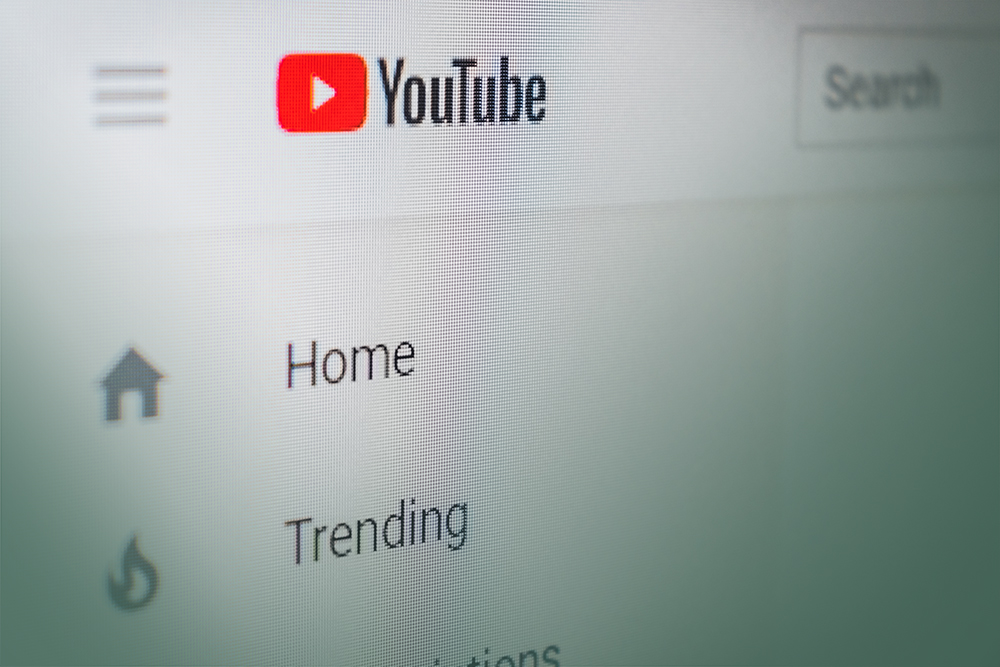When you think about SEO for YouTube, you typically think about getting your videos to rank in YouTube search results and Google search results. But did you know that you also need to think about YouTube’s recommendation engine?
An overwhelming 70% of watch time on YouTube actually stems from YouTube’s own recommended videos, not individual searches. This means your main focus needs to be on getting YouTube to recommend your videos, not just getting them to show up in search results.
The YouTube recommendation engine recommends personalized sets of videos to users based on their watch history and activity. You can find these recommendations on the home page and the “Browse” page.
Since the goal of the system is to provide engaging, personalized recommendations that help users find high-quality videos relevant to their interests, YouTube favors videos/channels that are updated regularly and reflect that user’s recent activity.
In order to meet these standards, and rank in YouTube’s recommendation engine, we want to re-evaluate how you approach SEO on YouTube:
Metadata
Most videos uploaded by users generally have little to no metadata. This is a huge problem because metadata is extremely important within YouTube. You want to make sure that every metadata field is populated with the right information for every video you upload. Metadata includes your video title, description, tags, playlists, thumbnail, captions, and even the actual file name.
Video Data
Video data references the actual content of your video. Since YouTube automatically analyzes your audio to generate captions, it’s important that you mention your keyword through the video. If your video is in response to another video/channel, it’s important to mention them as well. This way, YouTube may recommend your new video to people who’ve viewed that video/channel.
Another thing you might not consider is the visual content of your video. Google has a Cloud Video Intelligence API that’s able to identify objects within a video. This means including visuals or images within your videos that are references to your keywords can actually help improve your video’s relevancy scores.
Co-Visitation
Co-visitation is a huge factor in YouTube’s recommendation engine. It’s what allows YouTube to connect one video to a set of similar videos that the user is more likely to watch after seeing the initial video – however, this doesn’t necessarily mean that the content itself is similar.
Now you’re probably wondering what that really means and how they figure it all out. How can YouTube know that one video that is completely different from another video, will be relevant (and enjoyable) to the same viewer? That’s where co-visitation comes in, and we’re about to get real technical for a second.
Co-visitation count is the number of times any two videos (seed videos) were both watched in a certain time period, let’s say 24 hours. That co-visitation count is then divided by the popularity of the candidate video. The result is that video’s relatedness score.
Now that we’ve very briefly summarized that process, what does this mean for you? This means that if you want your video to be recommended to a lot of users, you need to get people who’ve watched other videos to then watch yours shortly after.
How can you do this?
- Find a (relevant to you) popular video and create a response video.
- Share your video somewhere that also directs traffic to another popular video.
- Tailor your keywords so that they relate to a specific popular video.
- Prompt your viewers to watch more of your other videos.
Rankings
While the relatedness scores established by co-visitation are important, they’re not the be-all end-all. YouTube then ranks their recommendations based on video quality, user specificity, and diversification.
Video quality includes user ratings, commenting, favoriting, sharing, session time, etc. Encouraging your viewers through CTAs is a good way to keep some of these signals high.
User specificity means that YouTube ranks their recommendations based on user history in comparison to relatedness score.
Diversity means that if videos are too similar, YouTube won’t recommend them. They want to make sure users are provided with a variety of options, so they typically avoid recommending multiple videos from the same channel or multiple videos that have relatedness scores calculated by the same seed video.
The YouTube recommendation engine is a complicated thing. But you have to keep on top of it since it’s central to how users engage with the platform (and find your videos!). Understanding how it works will help you figure out what you need to be doing with your content in order to increase your reach and engagement.

